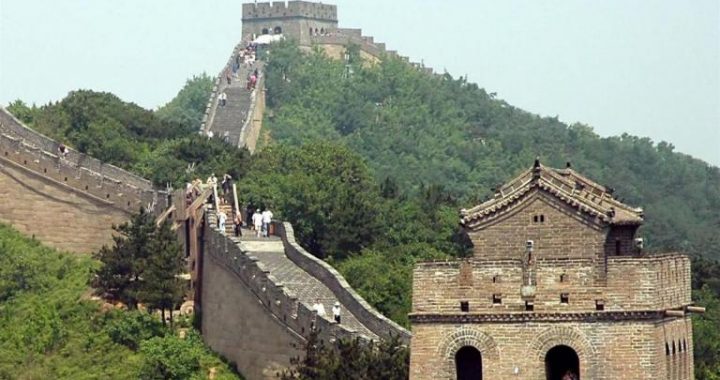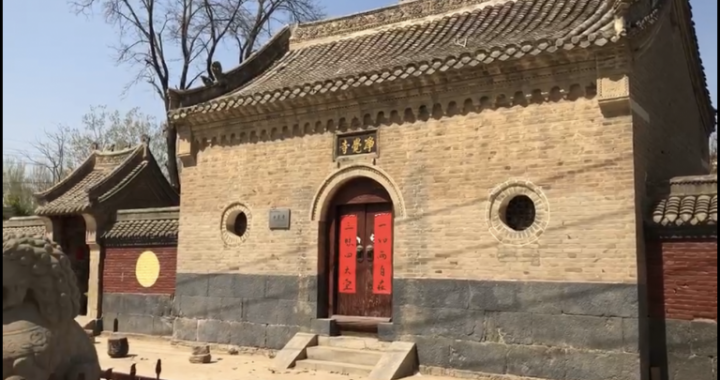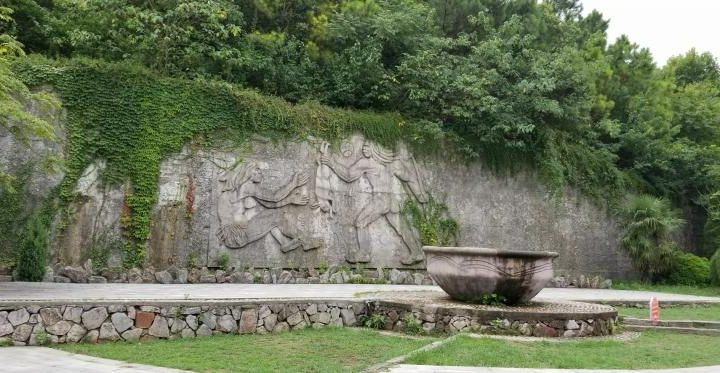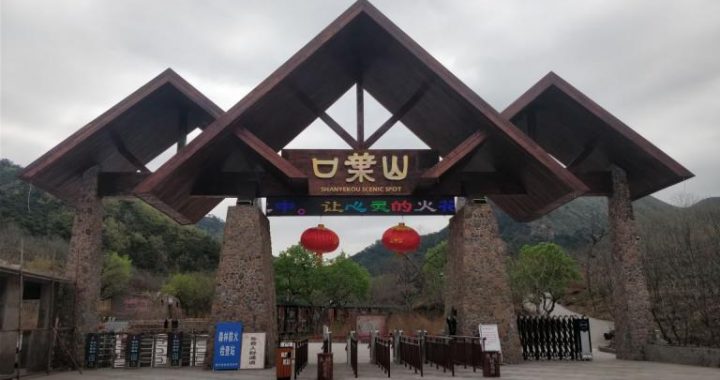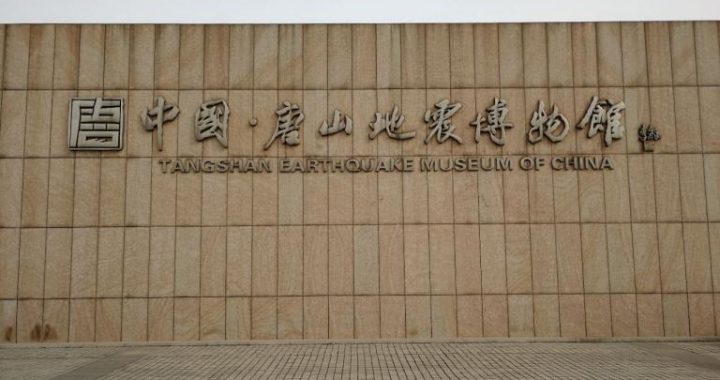The start of joint stock
14 min readChina’s first stock appeared in 1872. The pioneer was Shanghai Merchant Steam Ship Bureau created by Li Hongzhang and managed by Tang Tingshu. It was followed, in 1878, by Kaiping Mining Bureau established by Tang Tingshu. Kaiping Mining Bureau was one of China’s early modern enterprises with joint stock management and issued shares.

Due to historical reasons, the shares of Shanghai Merchant Steam Ship Bureau were never seen in kind. After Kaiping Mining Bureau was cheated and taken over by British executives, it issued five kinds of Kaiping shares in British pound sterling to recall and replace the old Kaiping shares. Therefore, the old Kaiping shares were rarely seen. The first Kaiping shares are among the earliest Qing Dynasty shares known.
When the Kaiping Mining Bureau was first established, it worked out constitutions on fund-raising on August 21,1877. On the issue of attracting funds by issuing shares, it was stipulated in Article Two:”(Kaiping Mining Bureau) plans to raise 800,000 taels of silver and divide it into 8,000 shares.
Each share is exactly 100 taels of silver. The shares can be bought in one share up to 1,000 shares. It is decided that on the day of registration,10 taels of silver will first be collected and the payer will get the first invoice. In early 1878, another 40 taels of silver will be collected while the payer will get the second invoice. The money raised will be used to buy machines. The last part of 50 taels will be collected in May 1878. At the time, the first two invoices will be collected and one share will be issued.”At that time, samples of different stages of invoice were designed. They included share payment receipt stub, share payment sheet, share stub and share samples.
Article three of the constitution stipulated:”In the case of a booming business or in the need of adding more machines, it is allowed to expand new shares worth of 200,000 taels of silver to raise a total amount of one million taels of silver. No more shares will be issued so as to give a limit to the total amount of shares. However, priority will be given to older share-holders. If the old holder does not wish to increase investment, new investors will be invited.”
Tang Tingshu worked out a 12-article constitution. It stipulated:”The company is managed by merchants but under the supervision of government. It will protect the interests of the investors and operate according to the norms of business. Every investor should give out their name and original place of birth.”Due to the involvement of foreigners during the process of making the constitution, the articles did not make clear that foreigners were not allowed to invest, leaving loopholes for the penetration of foreigners in future. The constitution was soon approved by Li Hongzhang.
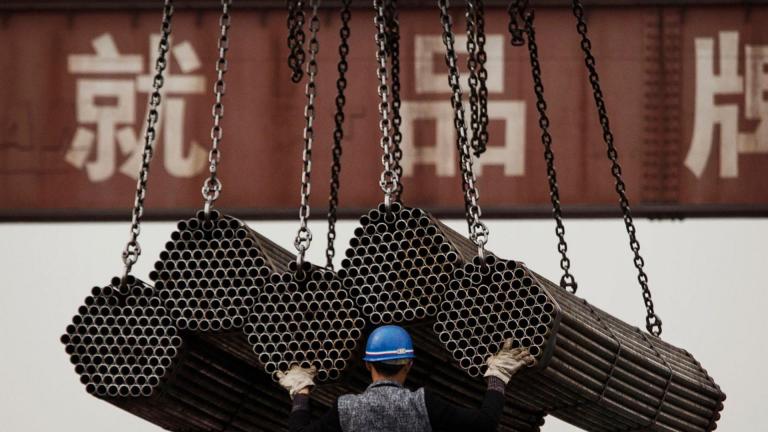
The Kaiping Mining Bureau was set up on July 24,1878 and was put into operation in 1881. In its early stages, it was mainly engaged in the exploitation of coal and iron and steel-smelting. Due to shortages of funds and technical problems, the work of steel-smelting stopped and coal mining became its sole business.
After Kaiping Mine was put into operation, its output grew year by year. In 1881, its output was 3,613 tons and by 1899, output reached 778,240 tons. During the period, Kaiping Mining Bureau builup the non-frozen port in Qinhuangdao, two coal plants at Hedong and Hexi in Tianjin and another eight ports in Tanggu, Yantai, Niuzhuang, Shanghai, Guangzhou and other places. The company not only rented steam ships, but also prepared six steam ships of its own and set up a sales office anda representative office outside Tangshan. It built 80,000mu forest in Xinhe. In addition, it also held part of the stock of Chengping, Yongping Silver Mine, Jianping Gold Mine, Chee Hsin Cement Co., Ltd. and Tianjin-Tangshan Railway. From 1888, Kaiping Mine began to pay dividends. During the 11 years between 1889 and 1899, the mine generated a net profit of 9.24 million taels of silver, making it the largest machine-mining modern mine with most coal output and most profits.
At its prime, the 19 years between 1881 and 1899, Kaiping Mining Bureau gained very high profits and its share price grew in multiples. According to a record on June 13,1882, in Shenbao, by the end of 1880 when Kaiping Mine went into production, its shares with a face value of 100 taels of silver soared to about 150 taels in the Shanghai market. By June 1882, some investors were willing to buy its shares at a price of 237 taels per share. Historical records also show that when China’s first stock exchange,Shanghai Pingzhun Stock Company was set up in 1882, it wrote in its constitution about the zeal of investors:”When people saw the numerous payments of Merchant Steam Ship and Kaiping Mining Bureau, they began to cash in on the stocks. Within a year, there were a dozen cases of share issuance Whenever there was one company issuing shares, thousands of people flocked to buy. The investors only counted on the number of shares they bought without thinking of the ups and downs of the company.”
From these reports, we can see the prosperity of the stock market when Merchant Steam Ship and Kaiping issued shares. The No.3 542 share of the “first-phase of Kaiping”, for example, is 24 cm by 217.2cm in size. The front side of the share is printed with black characters against white paper and has the red seal of”Kaiping Mining Bureau”. It has a few lines to record the history, the date of issue and the signature of Tang Tingshu. The back side of the stock is a printed black-and-white pattern depicting the scene of production and transportation of Kaiping Coal Mine with two steam winches. In 1900, when allied forces from eight Western powers occupied Tianjin and Tangshan, Zhang Yi, then general manager of Kaiping Mine, was trapped and arrested by the British army. Under the threat of force by imperial forces, Kaiping Coal Mine was taken over by the British Merlin Company. In the spring of 1901, the British registered Kaiping Mining Bureau in London as Kaiping Mining Co., Ltd.
The Kaiping mining area thus become a “dependency”of British colonists. Since then, the Chinese oal exploited by the Chinese became a product of the United Kingdom. Moreover, in order to continue to maintain control of Chinese resources, Kaiping Mining Co., Ltd. under the control of British people explicitly issued paper money in China on March 11,1902. The money had four face values of one yuan, five yuan,10 yuan and 20 yuan. The money is rare today and treated as a precious object. The Catalogue of China Paper Money Standard(Beijing edition) only collected the former three kinds. It did not have the last one. It is all 16.6 cm by 10.5 cm in size. The front side has its face value and the characters of”Kaiping Mining Co., Ltd.”,”A long lasting business”,”This paper money can be exchanged for silver taels at the company or its branches in China”and”General Silver Tael”. On the back side ofthe money, there is a foreign girl leaning against a rock and anchor. The pattern shows sailing ships,a pagoda and a train. The one-yuan note is mainly green and orange. The five-yuan note is mainly yellow and the 10-yuan note is blue and rose. The 20-yuan note is brown and rose.
After being grabbed by the British, Kaiping Coal Mine separately issued English-version shares.
Each share was worth one pound sterling. Today, the Kailuan Archive Museum collects the shares with face value of 100 pounds and 10 pounds issued in 1901 and shares with face value of 50 pounds,25pounds and 5 pounds additionally issued in 1912. Both sides of the 100-pound share are orange incolor. The serial number of the share is marked on the upper part. The face value is marked between two boxes in the middle and in the lower part. The pattern in the lower part is a foreign beauty leaning on one side with her eyes looking afar. On the back side of the share, in the center of the upper part, there is a pattern of a foreign beauty leaning on one side. Behind her, there is an ancient pagoda and a shaft on the right side and a sailing steam ship on the left side, indicating the prosperity for Kaiping Mining Co, Ltd.
The design of the pattern of the 10-pound share is the same as that of the 100-pound share only with a different color. On the additionally issued shares in 1912, the 50-pound share has a rectangular pattern on the front side with the serial number of the share marked on the most upper part. Beneath that stands a warrior holding a shield in the left hand and raising a shining lamp in the right, seemingly brightening the front for the worker below him. Behind the two figures, there is a running ship under the sunshine on the right side and a tall pagoda and high shaft on the left. On the back side of the share, under the curve in the center of the upper part, the pattern is the same as that on the front side. The slight difference lies in the pattern on the left side of the figure that shows a running train transporting coal outside the mine. The patterns on both sides of the 25-pound note and 5-pound note are exactly the same as that of the 50-pound share. Only the color is slightly different.
Kaiping Mine’s issuance of paper money infringed on the financial sovereignty of China. Britain effortlessly passed massive amounts of Chinese silver taels to the treasury of Great Britain. After some years, the paper money and the stocks were the proof of the crime committed by the imperialists. To resist the occupation of Kaiping Mine Co., Ltd., North Luanzhou State Mine Co., Ltd.(the former Kailuan) was set up in 1908 to issue shares.
Luanzhou Mining Co., Ltd. was launched by Qing Government officials Zhou Xuexi and Lu Muzhai, who raised 3 million taels of silver and divided them in two into official shares and commercial shares.
Early on, Luanzhou Mining learned from the lessons and experience of Kaiping Coal Mine Co., Ltd. and displayed the features of a stockholding operation in its prospectus constitution and later-on operation compared with the early stage of Kaiping Coal Mine. Its share-holder equity was described in more details and its regulations and operation of the stock-holding enterprise can also be a reference for today’s enterprise operation.
The shares of the Luanzhou Coal Mine were divided into two categories of complete shares and odd lots. According to its prospectus in 1908, each complete share was worth 100 taels of silver and each odd lot 10taels. The shares could not be redeemed for silver but could be transferred.
In its prospectus, Luanzhou Coal Mine especially stressed the viewpoint that”raising shares should have a limit so as to protect rights”. It stipulated:”As this mine is for the purpose of revitalizing China’s commerce and assist the North Luanzhou state Coal, the shares should be for Chinese only. No foreign investors are allowed. Investors should register their name, place of origin and living address so as to make it convenient for investigation and communication.”
Ever since the establishment of the Luanzhou company, it competed with Kaiping. The competiion lasted for three years, causing great losses to both parties. In 1912, Kaiping suggested an alliance under the mediation of Tianjin businessmen Li Shiwei and Wang Youlian. Both parties discussed an allied mode of operation to set up Kailuan Mining Bureau and signed a cooperation contract. The first stage of cooperation was between 1912 and 1934 and the second stage was between 1934 and 1950.
After forming the alliance, the two companies became one. As a result, the business volume grew daily and the allied company gradually grabbed market share to become the largest coalenterprise in northern China. At the beginning of the alliance, the revised constitution stipulated that 60 percent of the stock was registered shares while 40 percent of the stock was non-registered shares. It said “shareholders, Chinese or foreigners, are allowed to transfer their shares”, marking the beginning of foreign involvement in share-holding. The revised constitution of Luanzhou Mining Co., Ltd. added that each share of the company had a number. The shares could be divided into categories of one share, five shares,10 shares,50 shares,100 shares and 1,000 shares. The shares were written out both in Chinese and English and should be signed by a member of the board of directors or a deputy and chopped with company seal. In 1948, Luanzhou Mine issued registered shares and nonregistered shares at the same time. The type of share was marked on its face.
Registered shares had the name of the share-holder written on the right of the front side. On the back, there was a chart recording sales information including the date of sales, signature of new shareholders, company seal and the number of the share. For non-registered shares, only a serial number was marked and on the back side of the share there was a watermark of Luanzhou Mining. Taking the non-registered share No.00055 of Zi and registered share No.00119 of Ding collected by Kailuan Archive Museum as examples, the two shares were about 27 cm in length and about 19 cm in width.
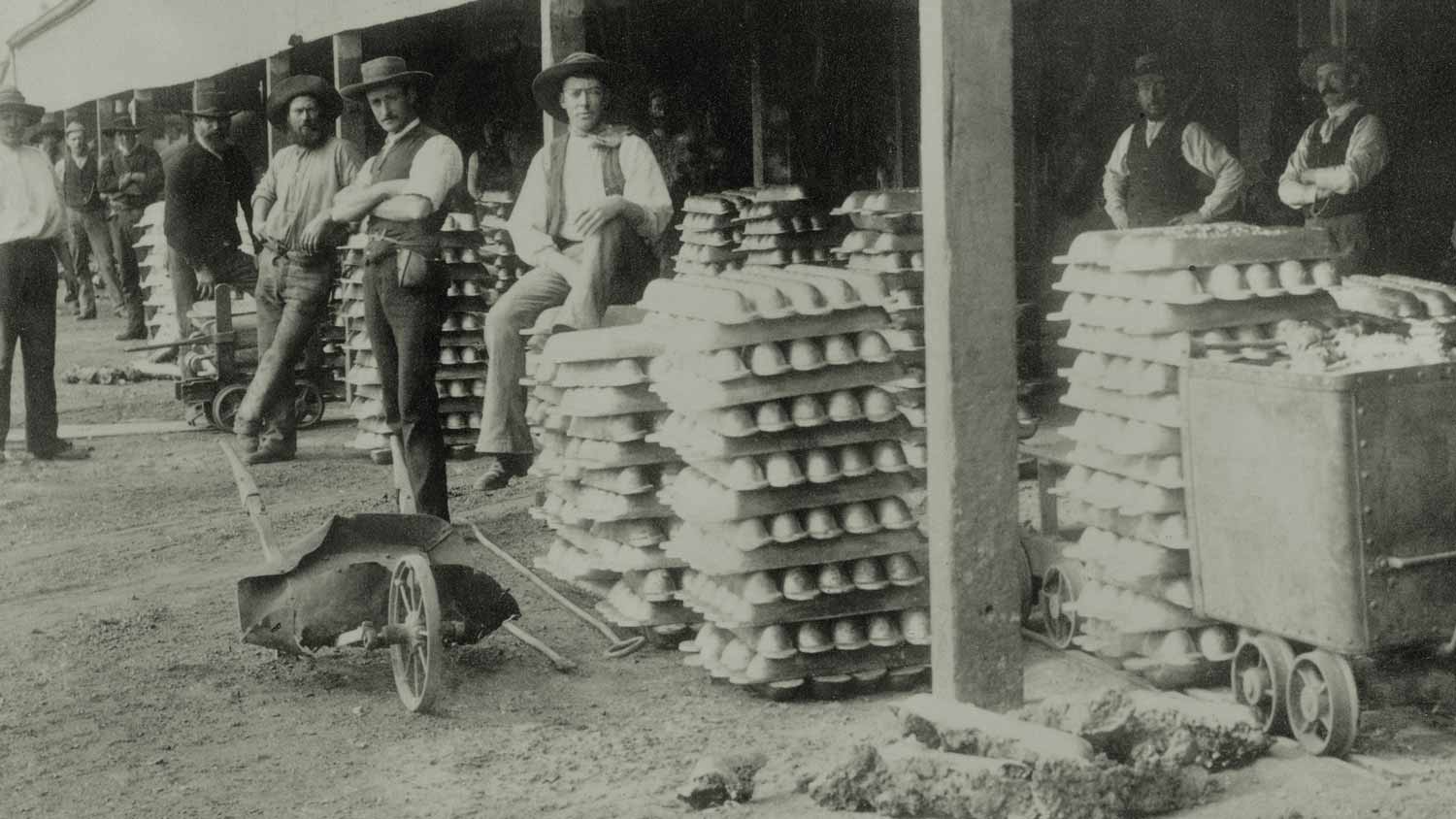
The non-registered share has the Chinese characters for “10,000 shares”in the central pattern within a brown decorative frame. The registered share has the Chinese characters of “500,000 shares”in the central pattern within the blue decorative frame. On the left side of the two shares, there were signatures and seals of the board chairman, deputy board chairman and three board members of the issuing company. On the right side, the”name of company, date of registration, date of transfer and value of share”are identified. At the center front of the share, there is a line in Chinese”Luanzhou Mining Co., Ltd. share”with steel seal of the company.
In addition to the registered share and non-registered shares, Luanzhou Mining still had Heavenly shares and Earthly shares. In the old constitution issued in 1908, it stipulated that the shares could be paid twice. However, since the issuance of the shares, some paid the exact amount two times, some only paid the first half. Due to the vastness of the mining area, the deadline for common shares was difficult to decide. If the certificate of shareholding would be issued only upon two payments, it would be hard to satisfy the demands of investors. What’s more, shareholders held certificates for long periods of time. This would affect the credit of the issuer. Therefore, each share was later calculated in two parts. Any investor who bought 10 complete shares would first pay half the price, namely 500 taels of silver. He then got half the certificate of a Heavenly share. When the rest of the money was paid, he got the second half of the certificate of Earthly share. Therefore, Luanzhou Mining Co., Ltd. Issued to extra kinds of shares: Heavenly and Earthly shares.
After the North Luanzhou State Mine Co., Ltd. was set up, it established Luanzhou Mine and Land Co, Ltd. with a monopoly on land-use right of mines and to resist Kaiping Mine Co., Ltd. The subsidiary company issued its own shares on June 15,1935. The shares were about 26.5 cm in length and22.5cm in width. Above the brown decorative frame of the shares, there was a curved line of characters “Share of Luanzhou Mine and Land Co., Ltd.”. Under the curved line, there were characters:”Totaling 140 shares.”Beneath the characters, there were signatures and seals of the board chairman, deputy board chairman and three board members. On the left side of the share was the date of issue and the record of capital increase. On the right side was printed the name of the shareholder and the number of shares bought. On the back side, there was a chart for the transfer of the shares and selected paragraphs from the constitution indicating:”The total share value of the company is 3 million yuan and is divided into 200,000 shares. Each share is sold for 15 yuan and must be paid in one time. This share is completely registered and shareholders are limited to Chinese natives. If the share is transferred to people of other countries, it will be invalidated once it is discovered. The transfer and change of holder of the share require the original holder to present a certificate to prove the new holder is a Chinese native. If the shareholder is unable to present the certificate in case of accident, three wealthy relatives of his will be invited to witness the transfer. The company conducts annual financial statements. Apart from the certain depreciation expenses of houses and furniture, if there were any profits,10% will be collected for public funds. Then, the shareholders will get 0.8% of profits. The dividends for shareholders will be decided at the shareholders meeting at the suggestion of the board.”
Because Luanzhou Coal Mine was also run by private businessmen under the auspices of the Qing government, it was unable to get rid of the feudal influence of its reliance on official protection and business operation. Luanzhou Coal Mine eventually came back to the old mode of being controlled by feudal officials. It started with the purpose of resisting Kaiping and finally ended with integration with Kaiping, making it another tragic example of being swallowed by an enterprise controlled by foreign capital. Such bitter and painful historical lessons make some historians and economists sigh even today.
Old shares and paper money have become the “living fossil”in the history of industrial development in modern China.A review of these historical relics makes people feel the preciousness of these relics of Kailuan during the past century. It also make people ponder history.
Before it was occupied by the British, Kaiping issued a kind of share in Chinese and after its occupation, the share was in English.
The Chinese version of the share was equivalent to 100 taels of silver. On the surface of the share there were Chinese characters indicating the number of the share. For example, it was written in Chinese that seven shares equaled 700 taels of silver and 10 shares equaled 1,000 taels of silver. On the back side, the share had a picture of the Kaiping Tangshan Mine in its early stages.
In terms of the share management, the prospectus stipulated:”The name of the share-holder of Kaiping shares should be recorded. Any investor should provide his name and place of origin so as to make it convenient for communication. All the fare for shares can be paid at the merchant bureau at various ports. The share and description of the investors will have a standard form.”
After Kaiping Coal Mine was occupied by British people, the above-mentioned Chinese version of the shares was invalidated. The company issued the new English version of shares with a total amount of 1 million pounds sterling. Each share was worth 1 pound. The Kailuan Archive Museum still keeps shares with a face value of 10 pounds and 100 pounds issued in 1901, the 100-pound shares issued in 1902,5-pound,25-pound and 100-pound shares issued in 1912, the 50-pound shares issued in 1924, the 50-pound and 25-pound shares issued in 1930 and the 50-pound and 5-pound shares issued in 1931. These shares have become important cultural relics for stock studies.
When North Luanzhou was set up, it also adopted the share issuances to raise funds.
After 10 years of its establishment in 1878, the Kaiping Mining Bureau began to pay dividends.
During the 12 years between 1888 and 1899, production and operation was under the total share value of 1,544,900taels of silver.After 12 years of operation,the total assets of the company reached5,792,957.065taels of silver,increasing 3.75 times.Judging from the net profit of 4,209,852.569 taels of silver,its average annual profit reached 350,821.047 taels of silver.The average annual profit ratio of its total assets was 28.18%.The annual average equity rate for shareholders was 8.95%.Such operational achievements were considerable.
The situation of the issuance of stock and payment for dividends at Kaiping attracted great attention.Jiebao had detailed reports on the rise and fall of Kaiping shares every month between 1883 and 1888.
In June 2001,Kailuan Refined Coal Co.,Ltd.was officially set up.In June 2004,the company issued its first A-share at Shanghai Stock Exchange.In January 2009,”Kailuan Refined Coal Co.,Ltd.”changed its name into”Kailuan Energy Chemical Industry Co.,Ltd.”,making a successful transformation from a company focused on coal-exploitation to one focused on energy chemicals and industry.

